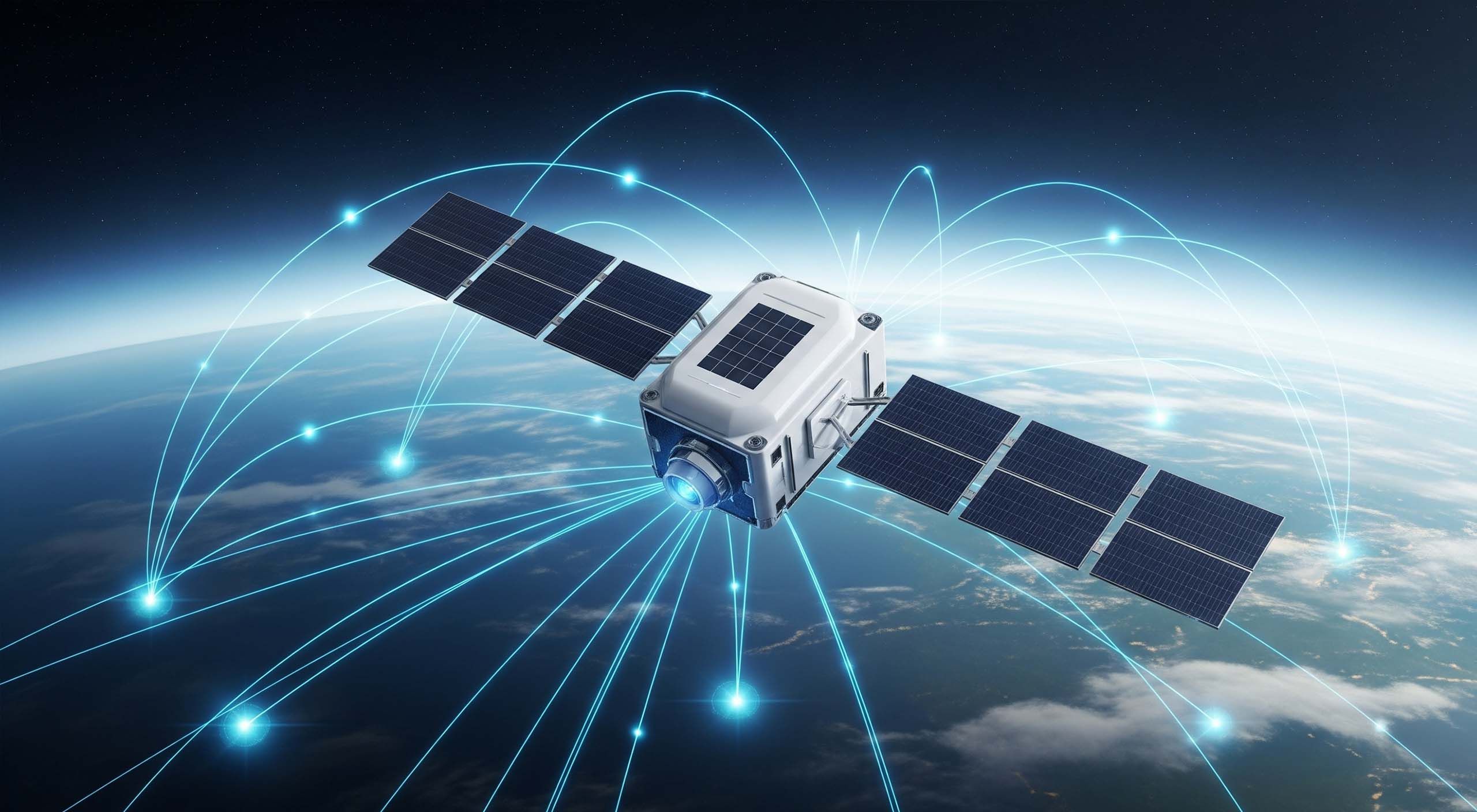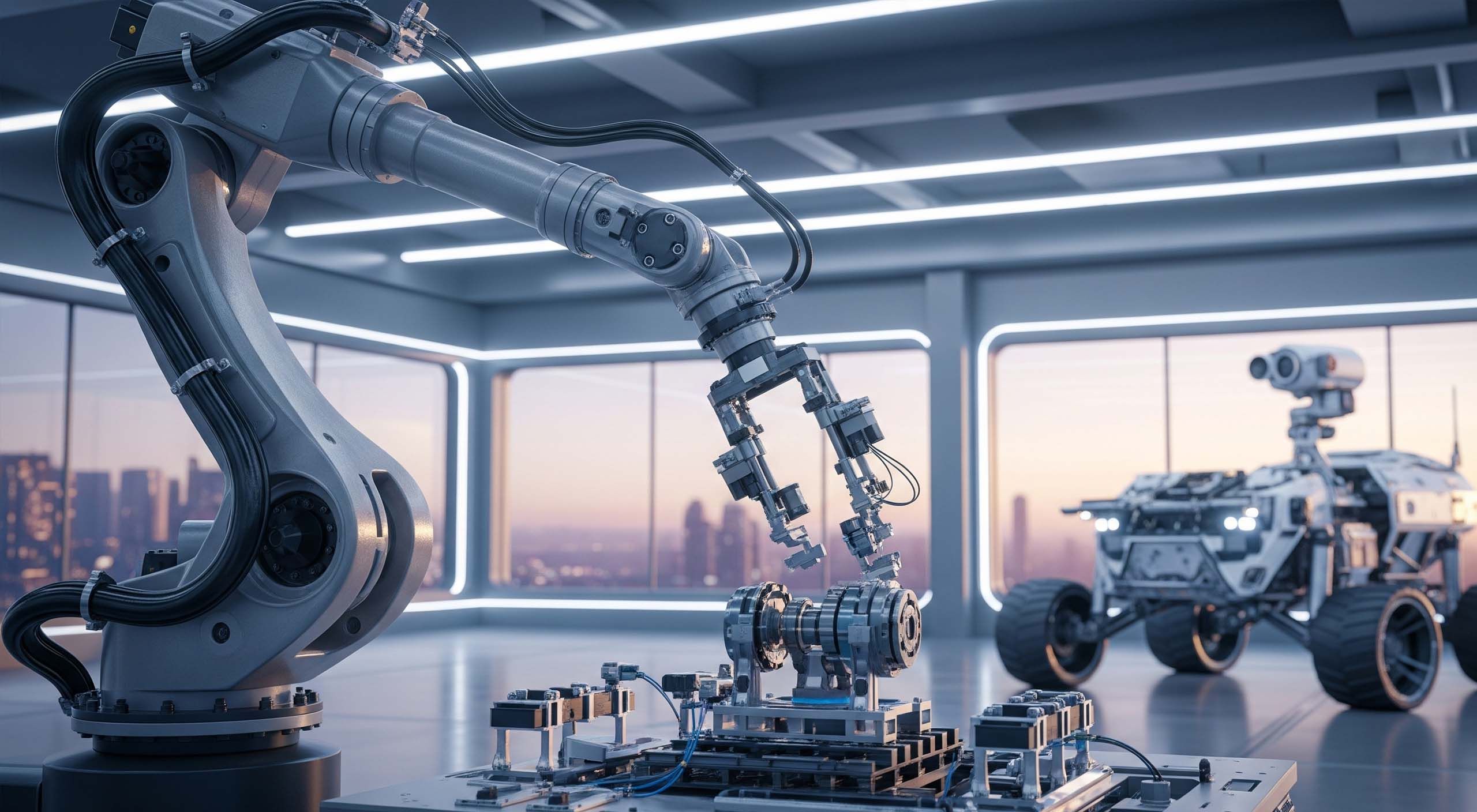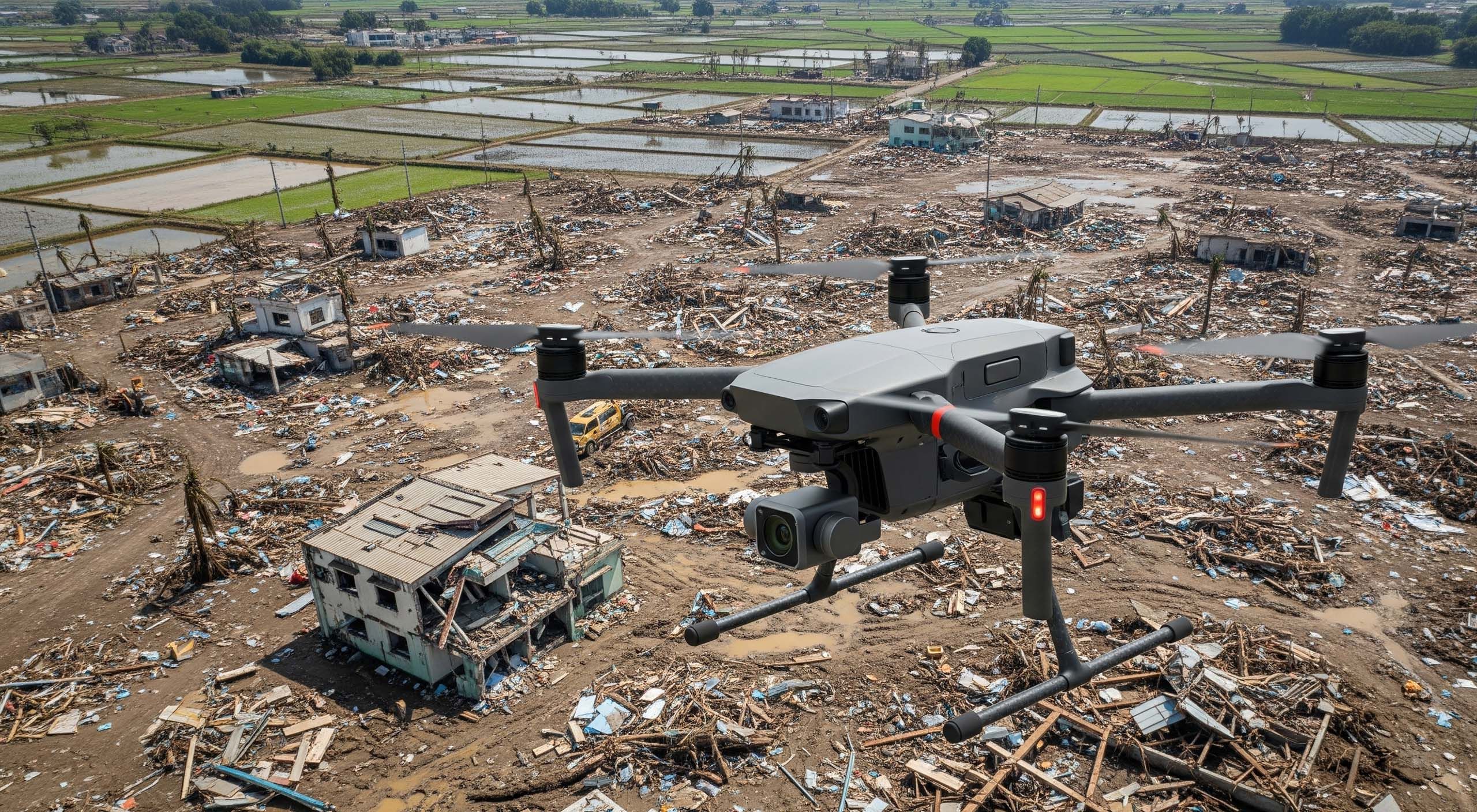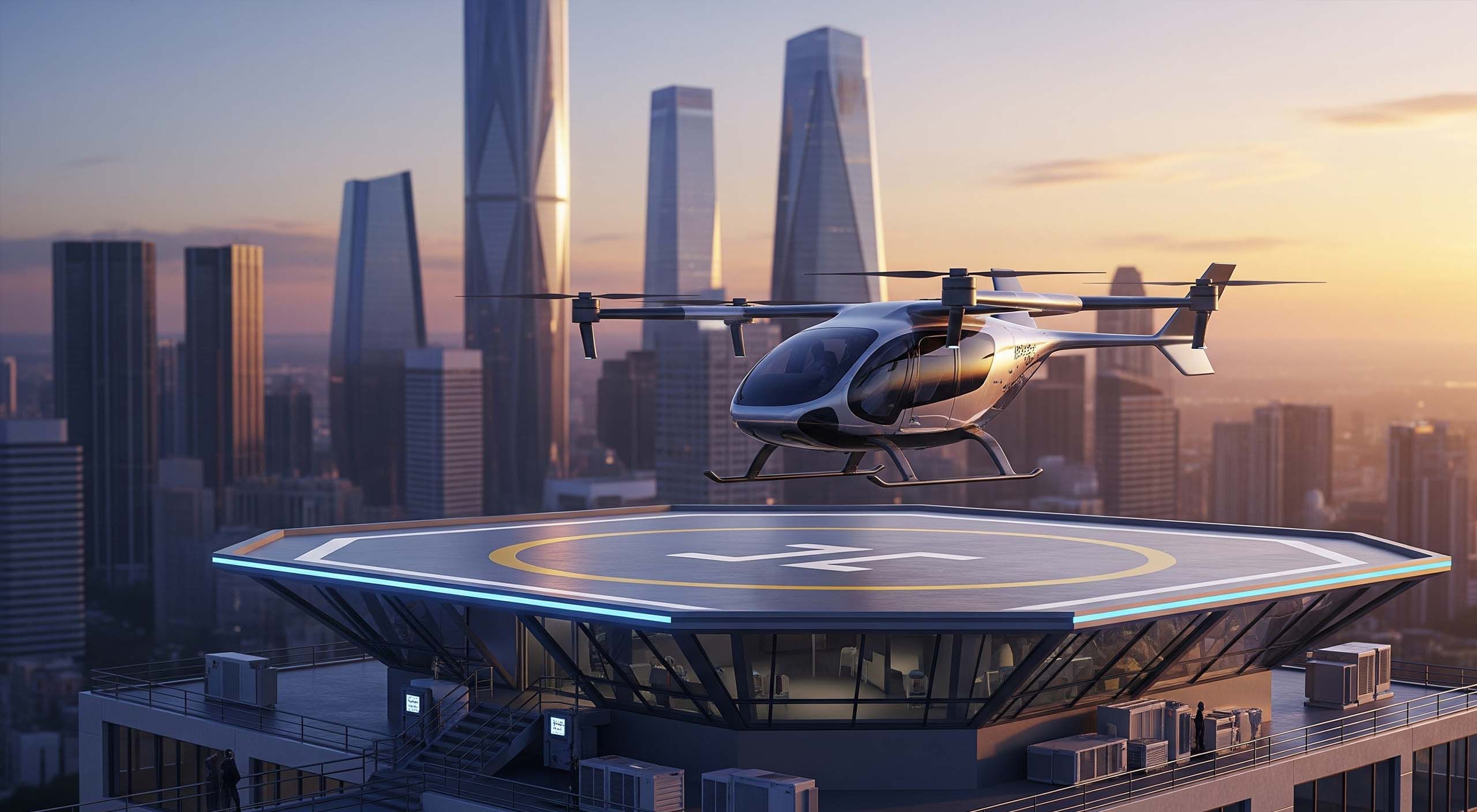How Robotics is Redefining Space Exploration: From Mars Rovers to Lunar Bots
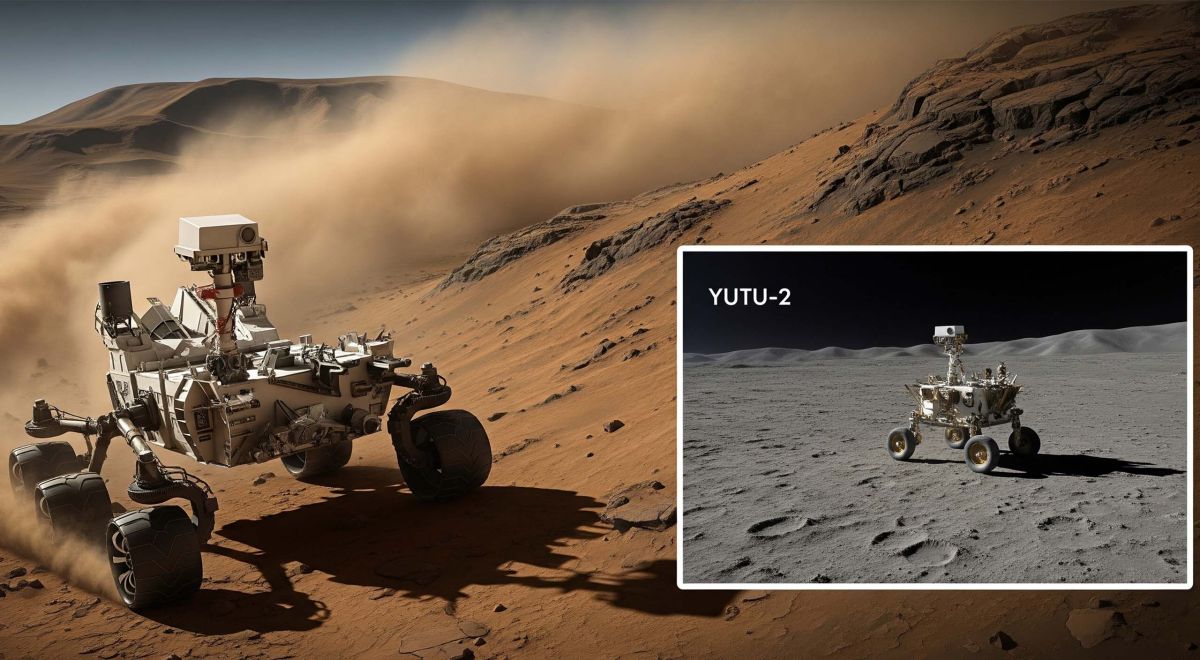
When it comes to exploring worlds beyond Earth, robots have become our eyes, ears, and hands.
In environments too hostile, distant, or risky for humans, autonomous and semi‑autonomous robots carry out missions that deepen our understanding of the cosmos. Over the past few decades, they’ve grown more sophisticated—able to traverse rocky terrain, drill into alien soil, and even make decisions on their own.
Why Robots Lead the Way
Space exploration is inherently dangerous and expensive. Sending humans to distant planets or moons poses tremendous challenges, from life support to radiation exposure. Robots, on the other hand, can:
✅ Operate for years without sustenance
✅ Survive extreme temperatures and harsh conditions
✅ Be remotely upgraded with new software and tasks
✅ Collect and transmit invaluable scientific data
They’ve become indispensable precursors to human missions—testing technologies, scouting landing sites, and performing experiments.
Milestones in Robotic Space Exploration
Robots have been exploring the Moon and Mars for decades. Below is a data table highlighting some of the most significant robotic explorers:
📊 Table: Notable Mars and Lunar Rovers
| Name | Body Explored | Agency | Year Launched | Status | Notable Achievements |
|---|---|---|---|---|---|
| Lunokhod 1 | Moon | Soviet Union | 1970 | Inactive | First successful remote‑controlled rover. |
| Sojourner | Mars | NASA | 1996 | Inactive | First rover on Mars, part of Pathfinder mission. |
| Spirit (MER‑A) | Mars | NASA | 2003 | Inactive (2010) | Discovered past water evidence on Mars. |
| Opportunity (MER‑B) | Mars | NASA | 2003 | Inactive (2018) | Operated 15 years, far exceeding expected lifespan. |
| Curiosity | Mars | NASA | 2011 | Active | Studying Mars climate and geology. |
| Yutu (“Jade Rabbit”) | Moon | China CNSA | 2013 | Inactive | First lunar rover since the 1970s. |
| Yutu‑2 | Moon | China CNSA | 2019 | Active | Exploring the lunar far side. |
| Perseverance | Mars | NASA | 2020 | Active | Searching for signs of ancient life on Mars. |
The Rise of Autonomy
Early rovers like Sojourner required constant human control. Modern rovers like Perseverance and Yutu‑2 now incorporate AI‑driven autonomy, enabling them to make decisions about navigation and science targets in real‑time—a crucial step toward exploring even more distant worlds where communication delays are prohibitive.
Next‑Gen Lunar Bots
With renewed interest in returning humans to the Moon, robotic scouts are once again playing a key role. New generations of lunar bots are being designed to map resources like water ice, test landing systems, and even build infrastructure for eventual human habitats.
What’s Next?
The future of robotic space exploration is even more ambitious:
-
Swarms of small, cooperative bots working together.
-
Robots mining asteroids for resources.
-
AI‑powered spacecraft exploring moons of Jupiter and Saturn.
-
3D‑printing robots building habitats for humans on Mars and beyond.
Robots will continue to be humanity’s indispensable partners as we push farther into the cosmos.



